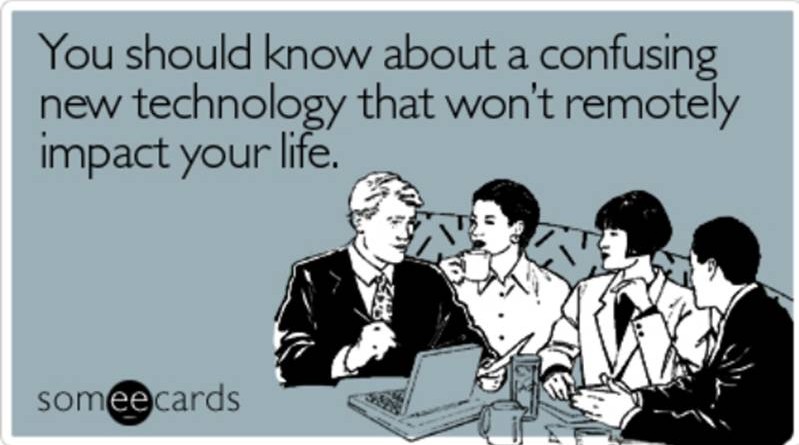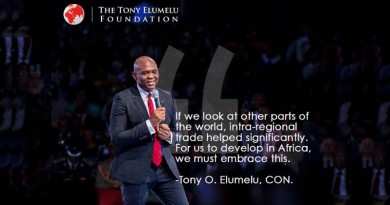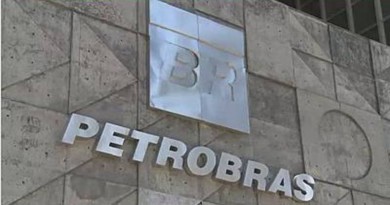How To Sell A Technical Product Without Drowning People In Jargon
The first thing potential customers always asks themselves when you start talking about a product or service is, “What’s in it for me?”
If you can’t answer that, you won’t get people interested. It’s going to be a hard sell, a real uphill battle. But salespeople often forget about that when they’re selling a technical product. Instead, they get wrapped up in the nitty-gritty details and forget to answer that basic question for the customer.
Boost your sales prospecting and upgrade to Crunchbase Pro.
There are generally two reasons why:
- One is ego. They want to show they know the product top to bottom and that they’re incredibly knowledgeable. So they dig into all those techie details that leave customers baffled.
- The second is passion. Some salespeople are just super passionate about their product and they want to share all the details with potential customers. They’re coming from a good place, but the pitch still falls flat.
How to successfully sell a technical product
If you want to sell a technical product without all the unnecessary jargon, here’s how to go about it:
Know that features describe. Benefits sell.
Imagine you’re selling cars, and a suburban mom walks into your dealership to look at SUVs. Do you immediately start telling her about horsepower and torque and describing what’s under the hood? Of course not.
You ask if safety is important to her. You ask her if she needs good gas mileage. And if she says yes, you can explain, “Well hey, this car has 12 airbags. It’s the safest on the road. This one gets great gas mileage. You’ll only have to fill up once per week.”

You don’t need to tell her what material the airbags are made out of or the mechanics of why it gets great gas mileage. It’s completely irrelevant. Instead, you tell her the benefits of owning this car.
Like any technical product, people don’t necessarily want to know the intimate details of how it works. They want to know what they can do with it and how it can help them.
Don’t assume a technical product is simple, just because of your background.
When I was first pitching our transport and logistics blockchain system at ShipChain, I definitely made the mistake of getting too technical.
In 2017, blockchain was still pretty new for most people. So my initial idea was to give people a semi-simple “Blockchain 101” walkthrough just to get them up to speed. In my mind, it was pretty easy to understand.
I got a lot of blank stares.
I realized for someone without a tech background, I might as well have been speaking Greek. The potential clients had no idea what I was talking about because I was bogged down in the details. I learned pretty quickly to talk about the benefits of blockchain—transparency, trust, provenance, decentralization—and the opportunities the technology opened up.
People in shipping and logistics understand that immediately. Those benefits are their problems, so now, my pitch explains how what we do will help them solve those problems.
Remember, no one wants to feel stupid. No one wants to ask irrelevant questions because they don’t understand what’s going on. As a salesperson, always make sure you understand who you’re talking to and what level of knowledge they have. You can get into the details later if it turns out your prospective customer knows a thing or two about the technical side.
Ask questions to figure out the client’s biggest bottlenecks.
One of my sales mentors liked to say, “You have two ears and one mouth for a reason. It’s because you’re meant to listen more than you speak.”
Your job is to ask questions, listen to the answers, and then present your solution. Because if you tell someone something, you might be wrong. But if they tell themselves something, they’ll always be right.
If I walk in and tell your company, “You have a problem with transparency,” you might turn around and say, “No, we don’t.” Whoops. Now I’m stuck, and it’s going to be a much harder sell.
Instead, I can ask an open-ended question like, “What are your biggest bottlenecks?” If you say, “We can’t see where our products are,” then I’d ask if you think you might have a problem with transparency.
And you’ll say yes, of course. More importantly, you just acknowledged that yourself—and I didn’t have to tell you. Then, I’ll ask how that issue with transparency is affecting your business. You’ll tell me it’s costing you a good amount of money. Again, you just admitted that yourself.
Finally, I’ll ask you, “Hey, what if I had a way to solve this for you? Would that be something you’d be interested in?” You just told me you have a problem with transparency that’s impacting your finances, so you’d be a complete fool to not to investigate this solution.
Acknowledge your customer’s problem, then sell a technical product
That’s the sales process for a technical product. You’re not trying to tell them why they need this product. You’re trying to get them to internally acknowledge that they have an issue—and that your product is the solution.
Remember, you don’t need to explain every nuance. All you need to do is explain what’s in it for them. Once they see that, the rest of the sell will be simple.
Sam Rusani is a serial entrepreneur with several multi-million dollar businesses. Under the capacity of his media group, he has served as a marketing, branding, and growth consultant for various companies, from start-ups to global brands. Sam currently serves as Chief Revenue Officer for ShipChain and is heavily involved in the blockchain and cryptocurrency space in both advisor and fundraising roles.




